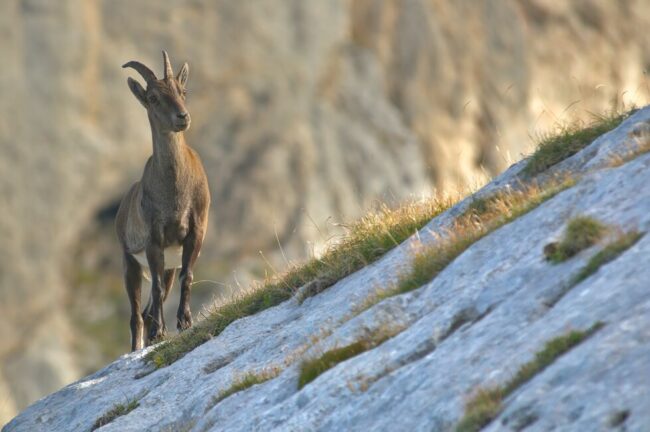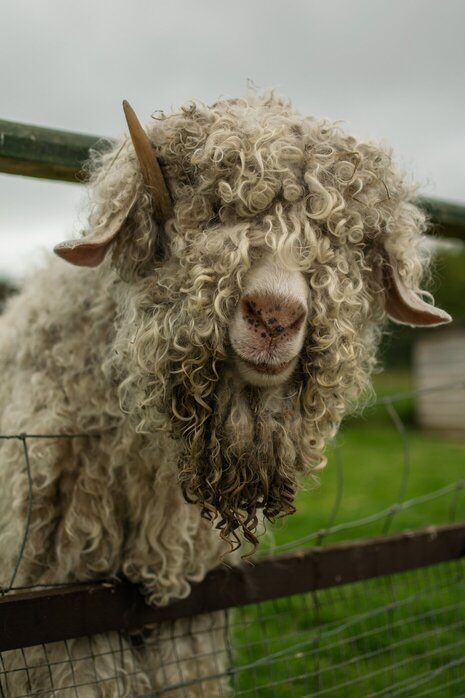Last updated on August 6th, 2023 at 06:41 am
French-Alpine goat derives its origin from the Alps. These goats were brought from France into the United States where they had been carefully chosen for a far better evenness, production, and size, unlike the ones that were moved from Switzerland to France.
Types of Alpine Goats
Note that French Alpines goats are not the only species in this category, others include:
- Swiss Alpines
- British Alpines
- French Alpines
- American Alpines
- Rock Alpines
More on the above later…
Attributes of Alpine Goat Specie
- Alpines goats are Strong and Hard
- They are great breeders and mothers
- Alpines goats are good for commercial dairy purposes
- They are super intelligent compared to other breeds.
- Above, Alpines goats are friendly, lovable and sociable.
So, let’s delve more into the attributes of the French specie called the French-Alpine goats and what makes them unique.

In the growth of the French Alpine, the colour has not been an issue but rather the size and production capacity.
Because no distinctive colour has been recognized it varies from gray, shades of fawn, pure white, piebald, black, red, or different shades or a combination of the colours mentioned.
Characteristics of French-Alpine goat
- The male and female of this breed are normally short-haired
- The bucks commonly have a long hair right along the spine.
- Their ears are medium-sized, perfectly erect and of a fine texture.
- The males have a noticeable beard.
- They have a straight-shaped face and Roman nose.
- This specie is bigger, rangier and more flexible in size than the Swiss species.
- The mature females stand at not less than 30inches at the withers and weighs at least 135 pounds (approximately 70kg).
What makes French-Alpine goat unique
1) The males, on the other hand, stand between 34- 40inches at the withers and weigh not less than 170 pounds (approximately 85kg).
2) The female French-Alpines have big, well-shaped udders and well-positioned teats of good shape and hence are outstanding in milk production.
3) These breeds are also known as the Alpine Dairy goat as the papers for this goat use both names.
4) The French-Alpines are strong animals and can adapt to any climate and still have good health and a produce efficiently.
Terms associated with French-Alpine goat
The French-Alpine colors are defined by using these terms:
Cou Blanc – (coo blanc) literally means “white neck” – they have white front quarters and black hindquarters with black or gray patterns on their head.
Cou Clair – (coo clair) literally means “clear neck” – the front quarters are saffron, tan, off-white, or shading to gray with black hindquarters.
Cou Noir (coo nwah) literally means “black neck” – Black front quarters with white hindquarters.
Sundgau – (sundgow) black with white patterns such as facial stripes, underbody, and so on.
Pied – speckled or spotted.
Chamoisee – (shamwahzay) bay or brown – distinctive patterns are dorsal stripe, black face, legs, feet and at times a martingale flowing over the withers and down to the chest. The male is spelt as chamoise.
Two-tone Chamoisee – light front area with grey or brown hind area. This one is not a cou blanc or cou clair as these expressions are kept for animals with black hindquarters.
Broken Chamoisee – a hard chamoisee fragmented with another color by being stripy or speckled, etc.
Any disparity in the patterns listed above broken with white should be termed a broken pattern just like a broken cou blanc.
Final thought:
Are you planning of starting goat farming? You won’t regret starting off with French Alpine goat.
Thankfully, some of the species of the Alpine goats have found their way into Africa, most especially in some of the commercial farms spread across the country.
Some of them can also be found at research centres operated by some of the universities of Agric in Nigeria.







